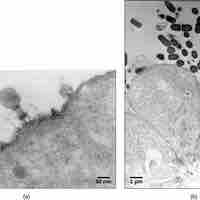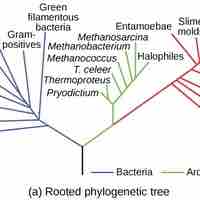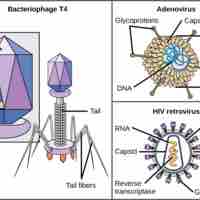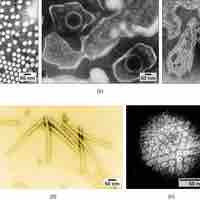Section 1
Viral Evolution, Morphology, and Classification
Book
Version 32
By Boundless
By Boundless
Boundless Biology
Biology
by Boundless
4 concepts

Discovery and Detection of Viruses
Viruses are infectious particles about 100 times smaller than bacteria and can only be observed by electron microscopy.

Evolution of Viruses
The evolution of viruses is speculative as they do not fossilize; biochemical and genetic information is used to create virus histories.

Viral Morphology
Viruses of all shapes and sizes consist of a nucleic acid core, an outer protein coating or capsid, and sometimes an outer envelope.

Virus Classification
Viruses are classified by factors such as their core content, capsid structure, presence of outer envelope, and how mRNA is produced.